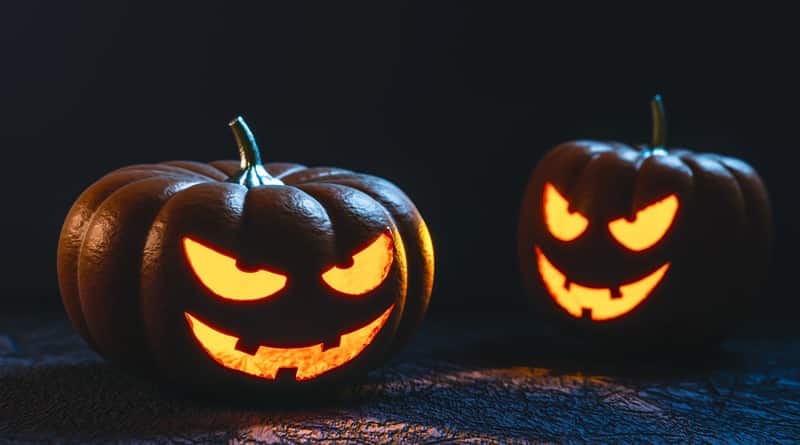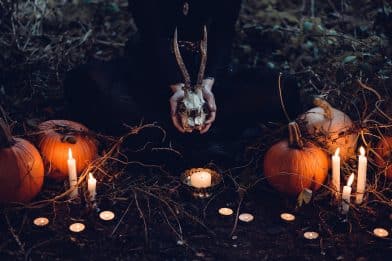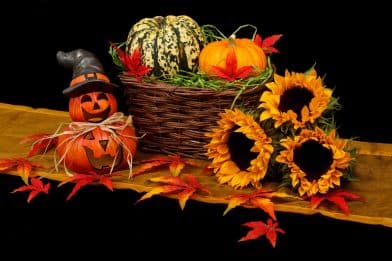
Halloween has become one of the most popular holidays in the world, but especially in the United States.
Regina Hansen, a Professor at Boston University, told how the Celtic pagan festival moved across the ocean and acquired its modern format.

Samhain

Samhain (Samhain) is a harvest festival and the end of the summer – the so-called Celts, this day coming six months after Beltine, the date of the beginning of summer (may 1).
Samhain came in cold and dark days of the pre-winter, the Celts believed that at this time, the thinner the veil between the worlds of the living and the dead, and the spirits can roam the earth. The main symbol of Samhain was a fire – pagan tribes lit bonfires to chase away the impending winter darkness and bring the gods to the sacrifice – the cattle and the fruits of the harvest.
All saints day

Many modern Halloween traditions and even its name have appeared under the influence of Christianity.
In the autumn of Christians celebrate all saints ‘ Day – a time when they revere the memory of the martyrs who died for the faith; and the Day of all souls – a time of honoring the departed.
Originally all saints Day was celebrated on may 13, but in the middle of the seventh century, Pope Gregory III moved it to November 1. So a Christian holiday coincided with the date of Samhain. Many believe that this was done intentionally in order to gradually convert the pagans to Christianity. Anyway, the night before all saints ‘ Day was called All Hallows Eve, Hallowe’en, Halloween.
People still light bonfires on this day, especially in those regions where lived the Celts – Scotland, Ireland. In England this tradition has been postponed to 5th November, guy Fawkes Day, in memory of the Gunpowder plot and attempted to blow up the houses of Parliament in 1605.
But Halloween is absorbed and the Christian tradition. In England, on All Hallows Eve it was customary to go from door to door asking for cakes with currants in exchange for prayer. Such pastries called «soul cakes». There are opinions (although not all scientists agree) that this was the prototype of the modern «trick or treat».
In Ireland, people walked the streets with candles in hollowed-out turnips – a tradition-the forerunner of today’s pumpkins with lights.
Halloween

Holiday reached the United States only in the 1840-ies, when the New world rushed to the migrants from the Celtic countries.
And by the end of the XIX century some stores began selling candy «especially for Halloween.»
The North American celebration of Halloween has acquired not just small pranks, but serious vandalism and drinking alcohol. By the early twentieth century, many municipalities and the Church tried to curb the riot, turning Halloween into a family celebration with children’s carnivals and the holiday as we know it today.
Today Halloween has become a multi-billion dollar industry and entertainment, while Catholics and most Protestants continue to remember and observe its spiritual significance. Catholics usually try to attend mass on this day. In fact, the entire November is the month when we should pray for the dead.
And some people altogether reject Halloween because of its pagan origin and the supposed link with witchcraft.
However, no matter how you see this festival: fun for the children, a sacred ritual, pagan Samhain, the night of mischief or a way to earn money, it is undeniable that Halloween has become an integral part of North American culture.